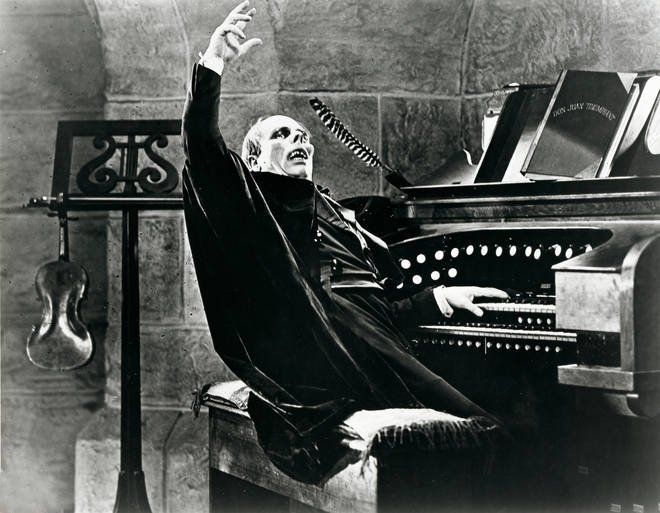What makes J.S. Bach’s Toccata in D minor so terrifying?
This Bach number
has long been associated with the horror genre…
By Sophia Alexandra Hall, Classic FM
Bach’s Toccata in D Minor was a go-to for scary films in the silent movie era. But what makes this work for the organ just so unsettling?
Famed for its iconic opening, Bach’s Toccata and Fugue in D minor (BWV 565) is one of the most well-known pieces of organ music ever written.
Composed somewhere between 1703-7, the over 300-year-old work rose to popularity in the 20th century, after it cemented its place in popular media.
You’ll probably recognise the piece from multiple horror, magical, and supernatural films, as it has all the ingredients to accompany the uneasy.
Here are some of the reasons Bach’s iconic work is the ultimate spine-chilling soundtrack.
Firstly, it’s in a minor key
As the title gives away, this piece is in D minor. And confusingly enough, it’s not the only Toccata and Fugue in D minor that Bach wrote.
Toccata and Fugue in D minor (BWV 538), is distinguished from this BWV 565 work of the same name, by its modal nickname ‘Dorian’.
Minor keys are often associated with emotions such as sadness, tragedy and melancholy, as our ears are conditioned to hear major keys as the default.
When we hear a minor key, due to the accidentals, we can sometimes incorrectly perceive the key to be ‘wrong’, which consequently fosters these unsure emotions.
The organ
is a scary instrument…
The organ is often thought of as one of the scariest instruments in classical music. But why?
First, let’s consider its size. The largest pipe organ in the world weighs a whopping 150 tons!
Organ critics have often called the instruments unsightly, imposing and intimidating. In many cathedrals they can have an unsettlingly large presence.
Subconsciously, organs often have connotations to religion, but due to the heavy nature of some of organ music’s most famous works, this can be the darker part of religion.
Associations with demons, exorcism, and hell don’t cast the instrument in the best light, especially when darker and lower organ music is sometimes coined as ‘a descent into hell’.
What probably doesn’t help, is the instrument’s prolific use in the horror film genre...
The organ and Bach in the world of cinema
With villains such as Davy Jones, from the Pirates of the Caribbean series, and the Phantom from The Phantom of the Opera, being organists, it’s no wonder the classical world looks at this instrument in a corrupted light.
In the direct-to-video Disney film, Beauty and the Beast: The Enchanted Christmas, the main antagonist is a literal pipe organ.
This bias against the organ goes all the way back to the days of silent movies, at the beginning of the 20th century, where some horror films were accompanied by just a chilling solo organ.
Even when movies began to have sound, the first horror movie to have sound, The Terror, was a film about an organist who goes on a murder spree!
The Toccata and Fugue in D minor has featured in multiple horror movies, both in its organ form, and in other arrangements.
The 1931 Dr. Jekyll and Mr. Hyde, a film based on the Robert Louis Stevenson book The Strange Case of Dr Jekyll and Mr Hyde, opens with an orchestral arrangement of the Bach, making the audience uneasy from the beginning.
As we’ve already mentioned, the Phantom is a fan of the organ, and the Bach work pervades the 1962 film version of the story. It also makes a dramatic opening to Disney’s 1940 musical film Fantasia, and the violent science fiction sports film, Rollerball.
The organ work has also been used in the 1934 horror film, The Black Cat, and even in Doctor Who, when the TARDIS became a pipe organ in season 22.





